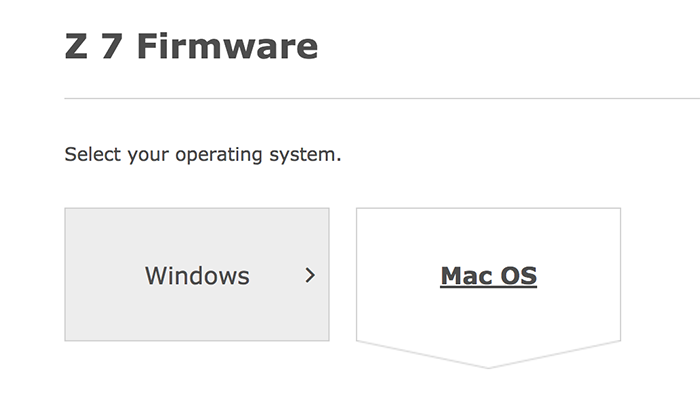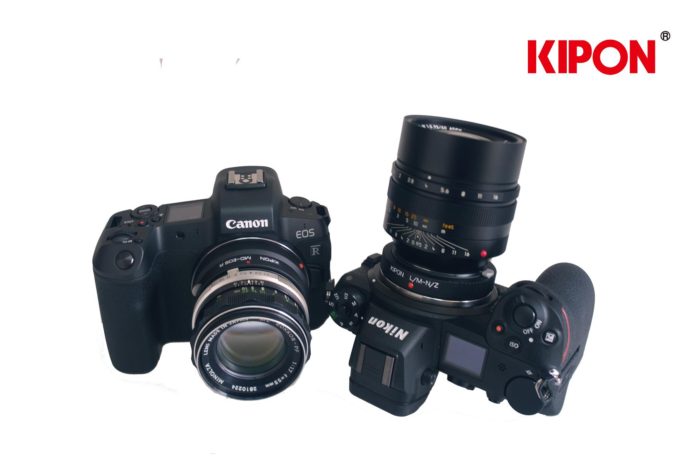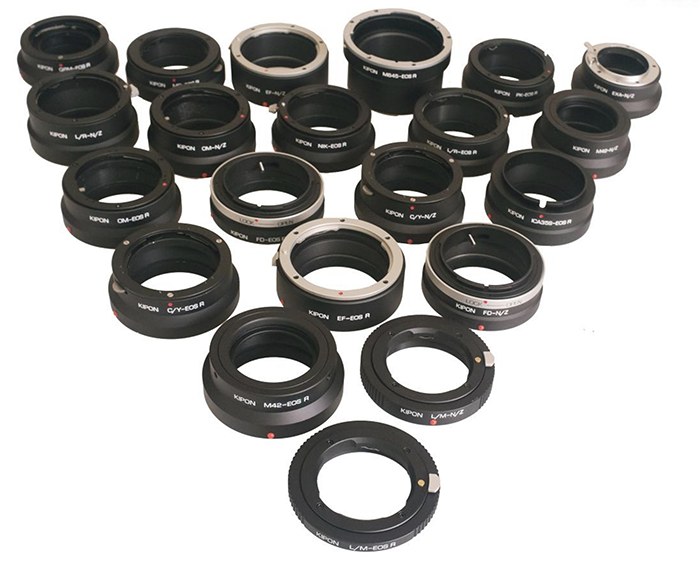New Z 7 Firmware update released

Download it here: downloadcenter.nikonimglib.com/en/download/fw/312.html
Changes and improvements:
- • Fixed an issue that in rare circumstances caused the camera to stop responding during burst photography with NEF (RAW) selected for Image quality and On selected for Silent photography in the PHOTO SHOOTING MENU.
- • If Enable release is selected for Slot empty release lock in the SETUP MENU, the Image review option in the PLAYBACK MENU can now be accessed when no memory card is inserted.
Nikon Z lenses – are they better than F Mount?
Matt Granger:
“Nikon has been promoting the larger diameter and shorter flange distance of the Z mount, and how this will allow more lens designs, easier design, better optics, faster AF and edge to edge sharpness. But are they actually better? In this video I compare the 24-70mm f4 Z lens to the 24-70mm f2.8G lens and the 35mm f1.8 Z lens to the Tamron 35mm f1.8 VC. Tested on their native mount cameras the Z7 and the D850.”


